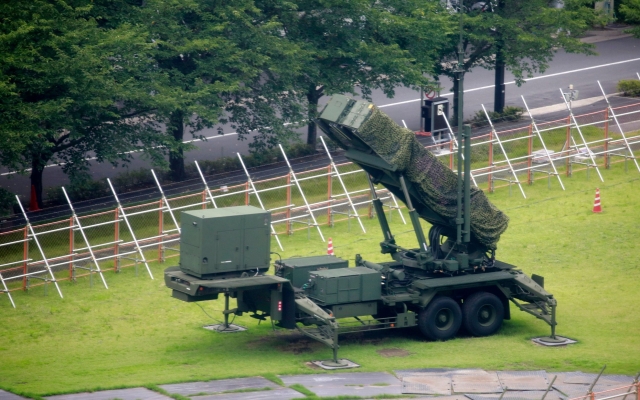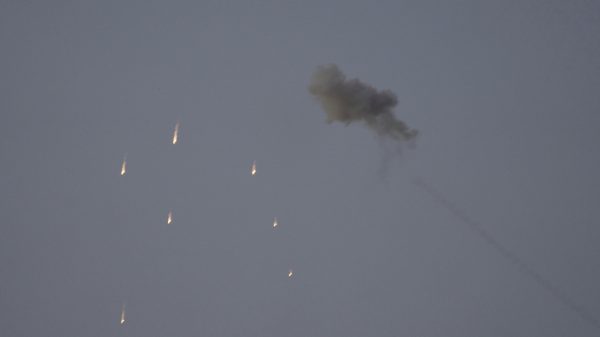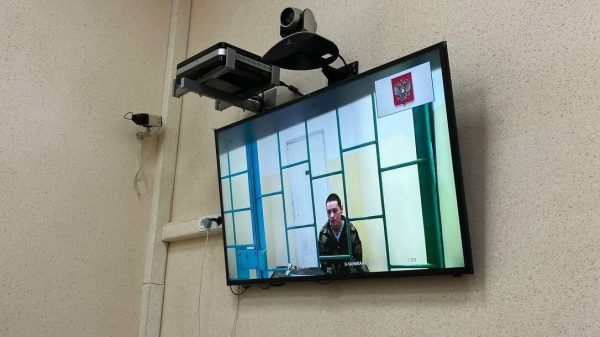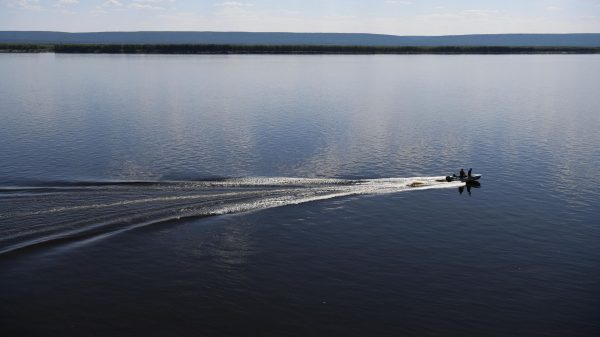Russia disputes Ukraine's claim to have destroyed half a dozen KN-47M2 Kinzhal 'Dagger' missiles
It was supposed to be a missile that no one could stop. A hypersonic “dagger” that Vladimir Putin can use to plunge into the chest of Ukraine and NATO, like an assassin wielding a blade so fast that the killing blow is blurry. Dead before you know it.
But then this week, Ukraine said it had destroyed a half-dozen Kh-47M2 Kinzhal missiles with anti-missile systems widely believed to be Patriot batteries provided by America. Suddenly, the assassin's blade seemed to be parried, deflected, and destroyed.
Russia naturally disputes this claim. But earlier this month, on May 6, Ukraine said it had shot down a single Kinzhal missile, the first time it has been confirmed. So, if a whole quiver of daggers was indeed destroyed, was the mystique of the unstoppable missile that was supposed to change the face of war shot down with it? Possibly.
Intercepting the Kinzhal represents a solution to a puzzle that, in fact, military commanders have been wrestling with for half a century, ever since nuclear warheads were placed aboard medium-range intercontinental and ballistic missiles. rockets flying high into the sky, into the upper layers of our atmosphere, or even beyond it, until they fall back on their targets.
Weapons of Ukraine – Dagger
In doing so, they also achieved hypersonic speeds in excess of Mach 5, or 3,800 miles per hour. Suddenly, the Warsaw Pact was able to irradiate London in four minutes. “The response time has been greatly reduced,” says Justin Bronk, air warfare specialist at the Royal Joint Service Institute.
What sets the Kinzhal apart from other modern next-generation hypersonic missiles is that they are not only incredibly fast, but – unlike traditional ballistic missiles – they are also maneuverable. “That’s why it’s especially difficult to defend against them,” says Bronk.
Raw speed is just one element of the problem. Since a missile can fly at any angle, life becomes immeasurably more difficult even for complex defense systems, which often tend to “look” in the direction of the expected attack. A recent upgrade to Patriot systems, specifically designed to provide 360-degree visibility, may be the reason for Ukraine's recent success in shooting down the Kinzhal.
Ukraine's Weapons – Patriot
However, the combination of speed and agility makes it difficult to even predict the target of a hypersonic missile, let alone shoot it out of the sky.
There are three types of hypersonic missiles, according to James Acton, co-director of the nuclear policy program at the Carnegie Endowment for International Peace. The first – guided ballistic missiles – are the simplest, they essentially add stabilizers to traditional missiles, allowing them to determine the direction when they fall to the ground.
Then there are the so-called accelerated gliders, which soar high into the sky only to plummet down shortly after launch, using the hypersonic speed acquired during descent to glide, often vast distances, at relatively low altitude towards their target. .
In addition, there are cruise missiles equipped with a revolutionary “scramjet” capable of accelerating a warhead much faster than traditional solid rockets. The advantage of this third category is that it has the potential to keep extremely fast hypersonic missiles at a relatively low altitude for the entire journey, reducing the distance at which they can be detected by the radar, and thus the time left to respond.
Missile trajectories by type
“You won’t be able to detect them [with radar] at long distances because of the curvature of the earth,” says Bronk. “If you had a cruise missile flying at Mach 5 and 150 feet above the horizon in the direction of a warship, you would look at the side of this ship for only 7-8 seconds from detection to impact. Your whole system has to react so quickly.”
However, this is not what Russia is using against Ukraine. Instead, the Kinzhal is propelled to great heights by the immense power of the MiG-31 interceptor aircraft, which can fly to great heights, around 67,000 feet, at 2.8 times the speed of sound.
According to Dave Majumdar, a Pentagon 2021 analyst, “The MiG-31 can quickly bring new weapons into launch position and transfer significant launch energy.” As a result, says Bronk, the missile achieves “much greater range or speed. You choose which ones.”
Launching the “Dagger”
To make the task of Ukrainian air defense more difficult, Russia is combining the arrival of hypersonic Kinzhals with other conventional missiles or even Iranian-made drones. It's a combination deliberately designed to overwhelm Patriot systems, to “saturate the reaction” in air war parlance.
The Kinzhals themselves have their own challenges, as they are equipped with six “traps” that fire away from the warhead in a deliberate attempt to confuse what is known as Integrated Air and Missile Defense (IAMD) systems. ) that underlie NATO. shield. Such systems include multiple levels of missile defense, from expensive and sophisticated ones like Patriots to cheap and drab ones like man-portable MANPADS.
How rocket engines work
“No system can provide 100 percent protection,” says Bronk. “But America has always preferred to defend one or two targets well with defense in depth. Unfortunately, it's too expensive to protect everything in this way.”
Russia, which has spent huge sums to improve its own air defense systems, understands IAMD very well, which, according to analysts, may explain why it seemed to be delighted with penetrating Dagger abilities.
The problem is that the Patriot has also been updated with the latest PAC-3 model, says Bronk, “specifically aimed at improving performance against very sophisticated decoy ballistic missiles.” In the hypersonic arms race, it's “constantly going back and forth” as attack and defense take turns claiming advantages.
 A PAC-3 Patriot missile launcher deployed at the Ministry of Defense grounds in Tokyo in 2017. Photo: AP. /Shizuo Kambayashi
A PAC-3 Patriot missile launcher deployed at the Ministry of Defense grounds in Tokyo in 2017. Photo: AP. /Shizuo Kambayashi
Upgrading the Patriot does not cause the Dagger to collapse, however. This remains the first time such a weapon has been used in combat. But it's also true that five years ago, when the video of the Dagger Test came out, then-US Secretary of Defense James Mattis insisted that “it doesn't change anything.”
This may be true. But hypersound is just beginning. And the Kinzhal is not the only hypersonic missile Russia claims to have in service. It also claims that the Zircon, an advanced ramjet rocket that other countries are struggling to master, is now operational. Meanwhile, China has a DF-17 glide missile capable of flying at 10 times the speed of sound.
And unlike the Kinzhal, it's this breed of hypersonic technology that sends chills down the backs of military strategists today. In particular, it is a powerful anti-ship weapon that threatens the aircraft carriers that have allowed America to project its power around the world in unprecedented ways in recent decades. > MiG-31K Mikoyan fighters with Kinzhal hypersonic missiles, photo taken in 2018, taken care of by the US Navy,” says Bronk. There are two possible consequences. First, potential targets will need to be located farther from the battlefield in order to maximize reaction time. However, as hypersonic technology advances this decade, destroying the missile itself may become impossible. Instead, the defense systems will target the communications and targeting systems – the so-called “kill nets” – that guide the warhead to the target.
However, some of these systems are likely to be based not on the ground, but in orbit. Back and forth defense and attack will be ways to defend against the most sophisticated hypersonic missiles.
The problem is that this will probably expand the battlefield into space.
Action “Weapons of Ukraine”





























































Recent Comments